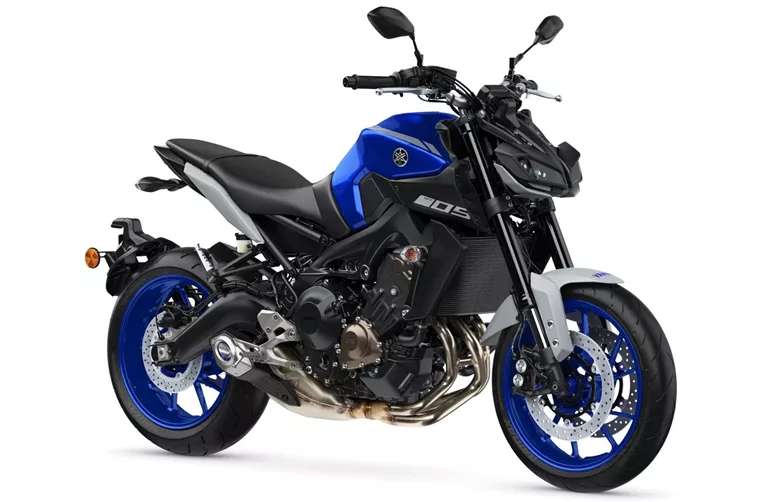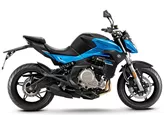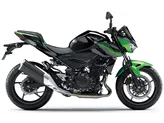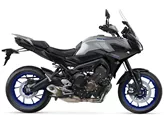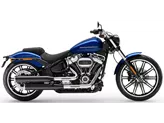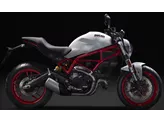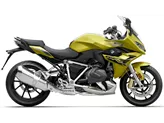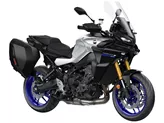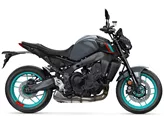Yamaha MT-09 2020 vs. Kawasaki Z650 2017
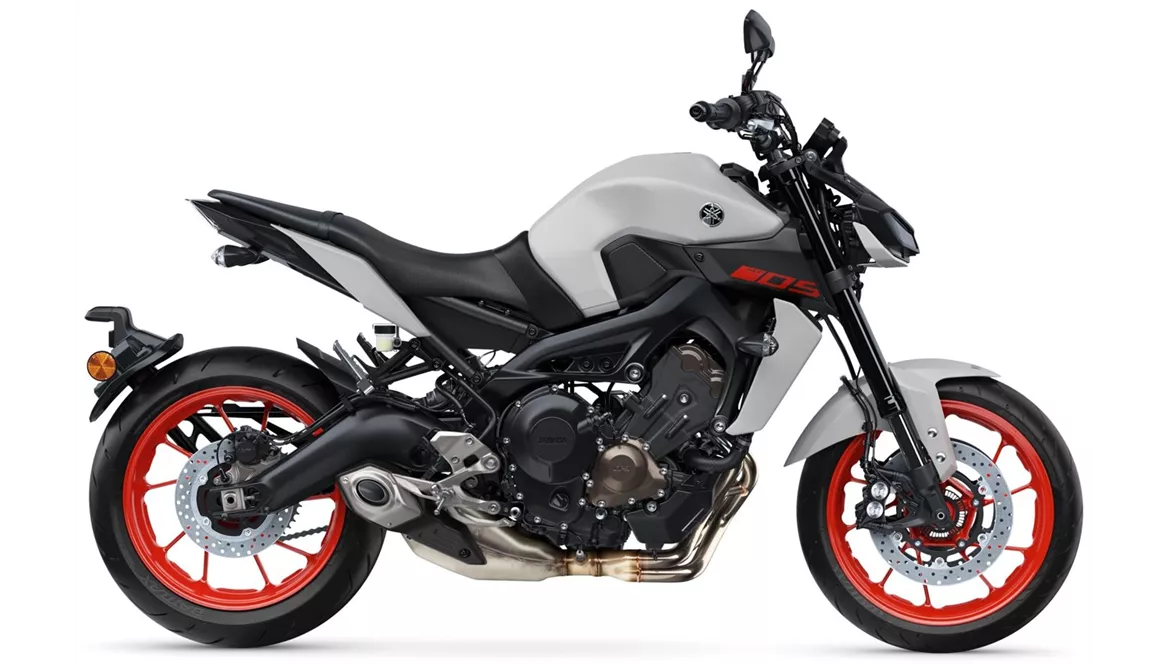
Yamaha MT-09 2020

Kawasaki Z650 2017
Overview - Yamaha MT-09 2020 vs Kawasaki Z650 2017
The Yamaha MT-09 2020 and the Kawasaki Z650 2017 are both naked bikes that offer unique features and capabilities. Let's take a closer look at their technical specifications and compare them in terms of their strengths and weaknesses.
Starting with the Yamaha MT-09 2020, it is equipped with a powerful in-line engine that produces 115 HP and 87.5 Nm of torque. This engine provides plenty of power and torque, making it suitable for both city commuting and highway cruising. The fuel system is injection-based, ensuring efficient fuel delivery. The bike features a 3-cylinder engine and a liquid cooling system, which helps maintain optimal engine temperature during long rides. With a displacement of 847cc, the MT-09 offers a good balance between power and fuel efficiency.
In terms of suspension, the Yamaha MT-09 2020 is equipped with an upside-down telescopic fork at the front and a swing arm with a monoshock at the rear. This setup provides a comfortable and stable ride, absorbing bumps and shocks on the road. The frame of the bike is made of aluminum, which offers a good balance between strength and weight. The twin tube frame design further enhances the bike's stability and handling.
When it comes to braking, the Yamaha MT-09 2020 features double disk brakes at the front with a diameter of 298mm. This ensures effective and responsive braking, giving the rider confidence and control. The bike also comes with advanced rider assistance systems such as ABS, Quickshifter, and traction control, which enhance safety and performance.
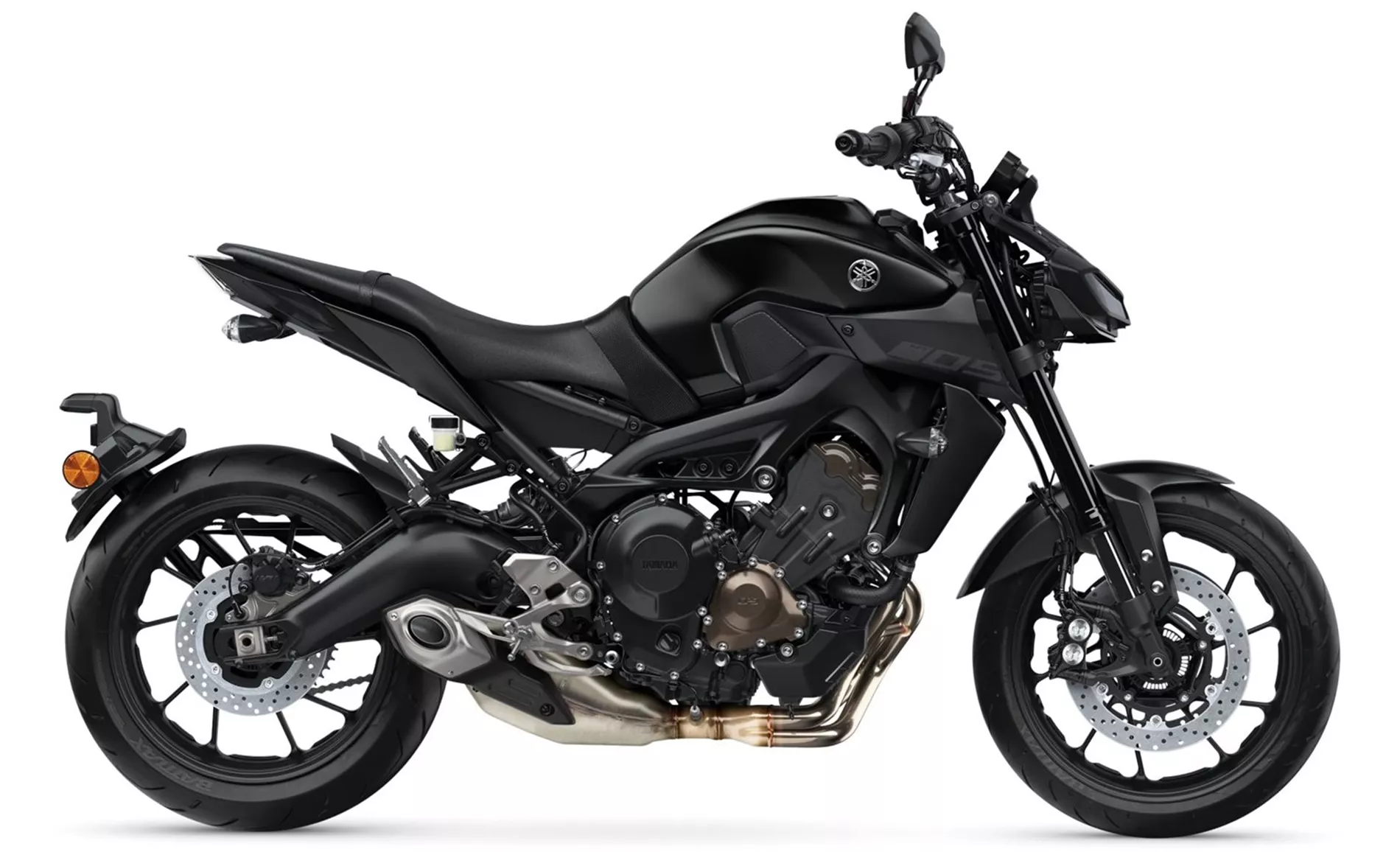
Yamaha MT-09 2020
In terms of dimensions and weights, the Yamaha MT-09 2020 has a front tire width of 120mm and a rear tire width of 180mm, both with a diameter of 17 inches. The wheelbase is 1440mm, providing stability and agility. The seat height is 815mm, offering a comfortable riding position for most riders. The bike has a kerb weight of 193kg, which is relatively light considering its power and features. The fuel tank capacity is 14 liters, providing a decent range for long rides.
Moving on to the Kawasaki Z650 2017, it is equipped with an in-line engine that produces 68.2 HP and 65.7 Nm of torque. While it may not be as powerful as the MT-09, it still offers a smooth and even power delivery. The fuel system is also injection-based, ensuring efficient fuel consumption. The bike features a 2-cylinder engine and a liquid cooling system, similar to the MT-09.
In terms of suspension, the Kawasaki Z650 2017 is equipped with a telescopic fork at the front and a swing arm with a monoshock at the rear, similar to the MT-09. This setup provides a comfortable and stable ride, absorbing bumps and shocks on the road. The frame of the bike is made of steel, which offers strength and durability. The tubular frame design further enhances the bike's stability and handling.
When it comes to braking, the Kawasaki Z650 2017 features double disk brakes at the front with a diameter of 300mm, slightly larger than the MT-09. This ensures effective and responsive braking, giving the rider confidence and control. The bike also comes with ABS, which enhances safety.

Kawasaki Z650 2017
In terms of dimensions and weights, the Kawasaki Z650 2017 has a front tire width of 120mm and a rear tire width of 160mm, both with a diameter of 17 inches. The wheelbase is 1410mm, slightly shorter than the MT-09. The seat height is 790mm, which may be a little too small for tall riders. The bike has a kerb weight of 187.1kg, which is slightly lighter than the MT-09. The fuel tank capacity is 15 liters, providing a decent range for long rides.
In summary, the Yamaha MT-09 2020 offers a more powerful engine with plenty of torque, making it suitable for riders who crave speed and performance. It also comes with advanced rider assistance systems such as ABS, Quickshifter, and traction control, enhancing safety and performance. However, it has some weaknesses such as the lack of a blipper function, high handlebars that give little feedback, rough throttle response, and early-regulating ABS.
On the other hand, the Kawasaki Z650 2017 offers a smooth and even power delivery, a sporty chassis, compact dimensions, and a negative display. It also comes with ABS for enhanced safety. However, it may not be suitable for tall riders due to its smaller seat height.
Overall, both bikes have their strengths and weaknesses, and the choice between them ultimately depends on the rider's preferences and priorities.
Technical Specifications Yamaha MT-09 2020 compared to Kawasaki Z650 2017
Pros and Cons in comparison
Pros and Cons in comparison
Yamaha MT-09 2020
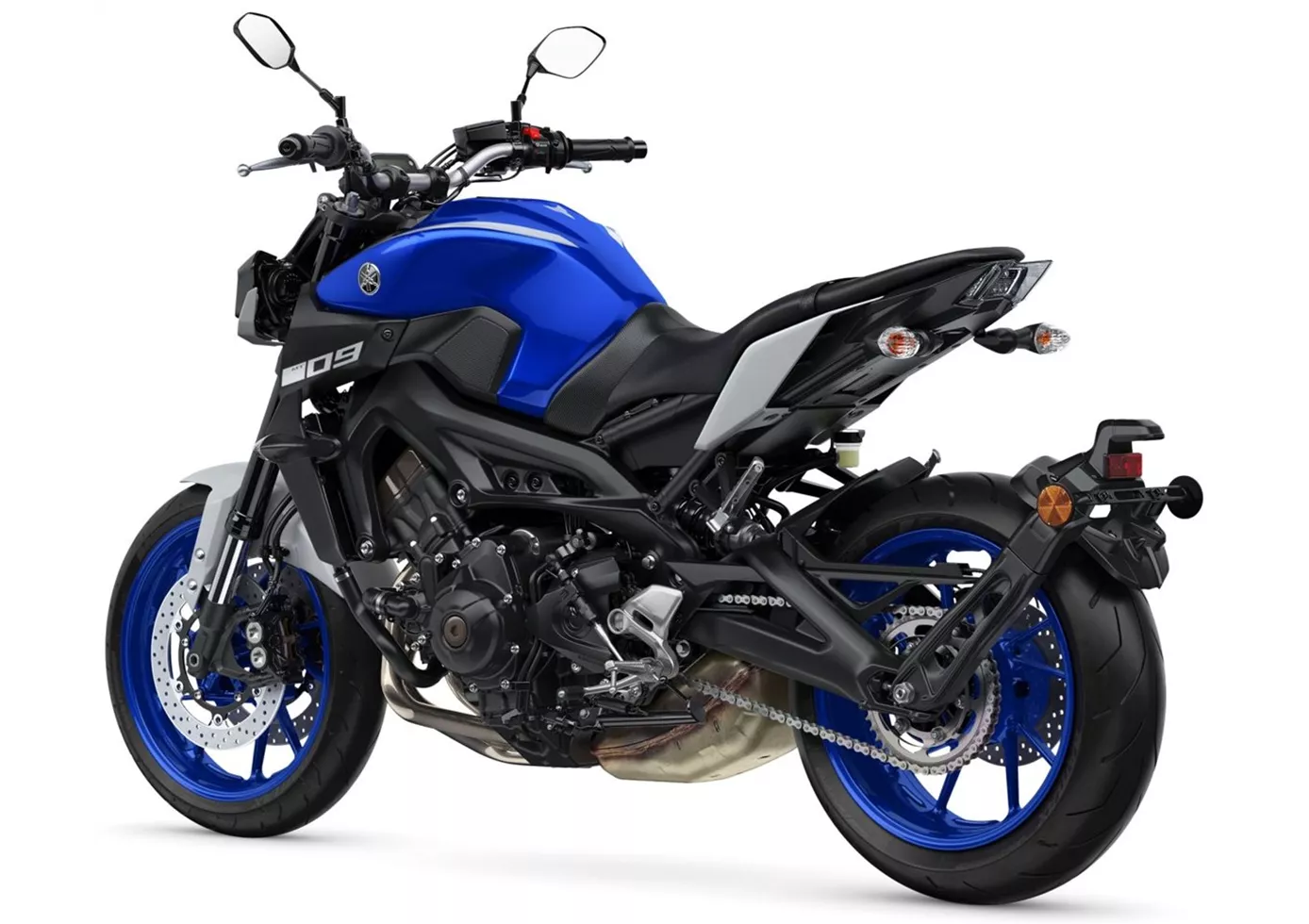
Riding fast is possible, but exhausting. The high handlebars are counterproductive on the race track and require a lot of physical effort. The MT-09 can't keep up with the Street Triple R, even with WP suspension.
Kawasaki Z650 2017

The Kawasaki Z 650 is the tip of the middle class for small male and female riders. On its compact dimensions, you probably won't feel comfortable as a giant. Heart-warming feelings, however, come from the engine, which delights with a very smooth pull. On the chassis side, a Kawasaki-typical tight set-up was chosen, which finds a great compromise in everyday use. The negative display is very easy to read and is reminiscent of its predecessor, the ER-6n - very nice!
Price Comparison Avarage Market Price Yamaha MT-09 vs Kawasaki Z650
There are a few key differences between a Yamaha MT-09 2020 and a Kawasaki Z650 2017. In terms of price, the actual average price of a Yamaha MT-09 2020 is about 51% higher. Compared to Kawasaki Z650 2017 there are less Yamaha MT-09 2020 bikes available on the 1000PS.de Marketplace, specifically 8 compared to 11. It takes less time to sell a Kawasaki Z650 with 76 days compared to 110 days for the Yamaha MT-09. Since model year 2013 1000PS.de editors have written 57 reviews for the Yamaha MT-09 and 31 reviews for the Kawasaki Z650 since model year 2017. The first review for the Yamaha MT-09 was published on 6/10/2013 and now has more than 39,900 views. This compares to more than 25,000 views for the first review on Kawasaki Z650 published on 11/8/2016.
